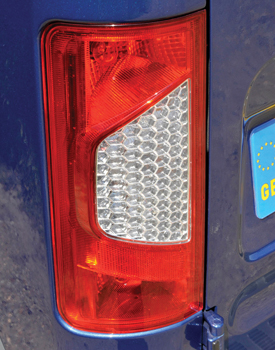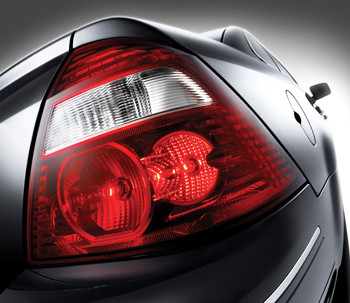



Embracing cutting-edge solutions is strategic and imperative for technicians navigating the constantly changing landscape of automotive maintenance and repair.
Remember last month how I said 2024 was your year to be the technicians you always wanted to be? Remaining stagnant as a technician is simply not an option anymore if you want to be successful in the automotive industry. You must proactively seek out opportunities to embrace new tools, techniques and solutions that promise to enhance efficiency, accuracy and customer satisfaction.Embracing what’s new is strategic and imperative for technicians navigating the constantly changing landscape of automotive maintenance and repair.One of the top reasons I can give you for embracing new technology is the potential for improved diagnostic accuracy and efficiency. With the arrival of advanced diagnostic tools, like the Bosch ADS 625X, the Autel IA900, or the Hunter ADASLink, technicians can pinpoint issues with precision, reducing guesswork and minimizing the risk of a comeback. Whether it’s sophisticated tools or cutting-edge software solutions, the ability to leverage these new tools should empower you to deliver next-level service and drive positive repair experiences for your customers.Another thing to keep in mind is that embracing new technology and equipment opens doors to expanded service offerings. From state-of-the-art lifts and alignment systems, to specialized tools designed for specific makes and models, investing in the latest equipment enables you and other technicians to tackle a larger range of repairs and maintenance with confidence and precision. As the technology in cars continue to evolve, so too must the tools and equipment that technicians rely on to get the job done.Embracing new technology and equipment can also lead to improved productivity in the shop. By leveraging high-quality products that are specifically designed for today’s vehicles, you can streamline workflow, minimize downtime and deliver exceptional results for your customers.At TechShop, we understand the importance of embracing new technology, equipment and products in the automotive repair industry. That’s why we’re excited to announce the debut of our all-new “Tool Time” video podcast series, where guests from brands like Ingersoll Rand, Clore Automotive, SATA Spray Equipment and many more will sit down and join Eric Garbe and myself to discuss education and training on the latest products our industry has to offer.Join us as we embrace the future of automotive tool supply and equipment advancements together. And, be sure to subscribe to the TechShop newsletter to stay tuned!
Installing a retrofit kit can be performed with the tools and equipment you already own and use on a daily basis.

Are you maximizing your scan tools to their full potential? Don’t let them be just an expensive code reader.

As we enter 2024, strategic career planning is essential for success in the automotive repair industry.

Interchangeable anvils are a feature on some new impacts.

We’re here to help you see all the tools, so you can invest wisely.

Multimeter accuracy is critical for EV diagnostics.

Scan tools serve as indispensable diagnostic hubs, offering access to a wealth of resources, from OEM technical bulletins to community-documented repairs.

Here are some quick tips for managing stress and avoiding burnout in the fast-paced automotive repair industry.
